Cascara sagrada is an extract from the bark of the American buckthorn tree. It has been used as a laxative for more than 100 years. It should only be taken after consulting a doctor.
Occurrence & cultivation of the Cascara sagrada
At Cascara sagrada it is the extract from the bark of Rhamnus purshianu or Frangula purshiana. These plants correspond to a kind of buckthorn from the family of the Rhamnaceae or cross tree plants. Its distribution area is mainly the northwestern Pacific coast of the USA. Because of this connection, the plants are also known as American buckthorns.
All buckthorns fall into the order of the rose-like. In addition to smaller trees, individual shrubs fall into the genus of the rotten trees. The American species Frangula purshiana is an actual tree that reaches up to ten meters in height. The extract Cascara sagrada was already obtained from the species Frangula purshiana among the Native Americans.
From April to August the bark is peeled to make Cascara sagrada. The branch is more valuable than the bark of the trunk. The plants have been used as alternative medicines for more than 100 years. Fall trees were treated as sacred trees among the natives.
The Spanish missionaries and American settlers took over the extraction and designation of the extract from the Indians. In 1877 the extract Cascara sagrada was first marketed as a medicinal extract and was later even used by therapists. The healing properties of buckthorn bark have now been confirmed for diseases of the gastrointestinal tract.
Effect & application
Marketing of Cascara sagrada began in 1877 when the extract first appeared on the offer of a pharmaceutical company. It was the manufacturer Eli Lilly & Co. who brought Elixir purgans onto the market. The elixir contained Cascara and other substances with a laxative effect.
By increasing the intestinal peristalsis, the elixir should work wonders for constipation and accompanying pain. Since the extract from the bark of the buckthorn tree is relatively weak, Cascara sagrada is still mostly combined with other laxatives. The possible uses and product forms are now diverse. In addition to the use of the bark in teas, the bark extract is offered in capsules, in the form of a powder, in tablet form and as granules.
All forms of consumption have a laxative effect. Cascara sagrada has a strongly bitter taste and for this reason was also used in the past for raising children. In this context, the fingertips of the children were brushed with the so that the children would not bite their fingernails.
In order to produce an extract from the bark of the American buckthorn, the bark material must be carefully cleaned before further processing. The preparation requires cooking, as the extract in its raw form irritates the gastrointestinal tract of the user. Consumption of untreated bark can cause vomiting or severe abdominal cramps.
In order to rule out such reactions, the bark is soaked, heated or dried for at least a year. Only after this preparatory phase is it suitable for producing a compatible extract. In addition to anthron, the bark of the American buckthorn contains anthraol. The active ingredients oxidize with one another and form anthraquinones.
The effect of the bark as a laxative is attributed to the hydroxianthracene derivatives and bitter substances it contains. In the past, the active ingredients were used for liver problems, poor digestion in general, bowel inflammation and skin problems.
In the case of intestinal obstruction and during pregnancy, the Cascara bark was generally not used. Even when breastfeeding, women are still advised against taking it. The laxative substances pass into the milk and can cause diarrhea in babies.
Importance for health, treatment & prevention
Cascara sagrada extracts have been of high relevance in alternative medicine for around 100 years. The extract can be used both to relieve mild constipation and to support the therapy of hemorrhoid-related complaints or fissures of the anal area. Like all other anthraquinone-based laxatives, the extract is associated with side effects.
One of them is the chattering color of the intestinal mucous membrane, which can mainly result from uncontrolled and long-term use. In principle, doctors advise against long-term and regular use of all laxatives. Cascara sagrada is also unsuitable for permanent use. Like all laxatives, the extract can be associated with a potassium deficiency if taken long-term.
This lack of potassium has an adverse effect on the human organism. This is especially true if digitalis-containing medicines are also taken. Patients with cardiac arrhythmias should generally avoid laxatives, as a potassium deficiency is associated with fatal risks.
The additional intake of drugs to eliminate water, such as the consumption of diuretics, increases the risk of potassium deficiency. The use of the extract should therefore always be discussed with the doctor. In certain contexts, a potassium deficiency can cause life-threatening cardiac arrhythmias. In addition to potassium deficiency, long-term use of all laxatives leads to chronic depletion of the body.
Vital minerals can no longer be absorbed in sufficient quantities from the intestine. In some cases, chronic diarrhea occurs, which is usually associated with weakness. In addition, if used regularly, Cascara sagrada can lead to psychological dependence.
The measure is therefore all decisive when using Cascara sagrada. Self-medication is associated with high risks. In consultation with the doctor or pharmacist, however, the extract can be meaningfully integrated into the treatment of various intestinal diseases.

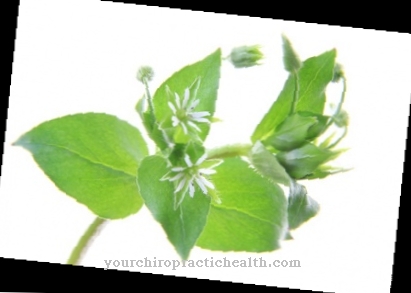
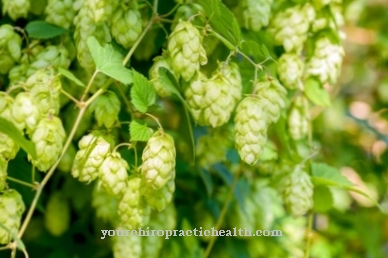

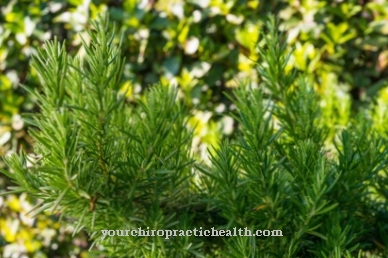
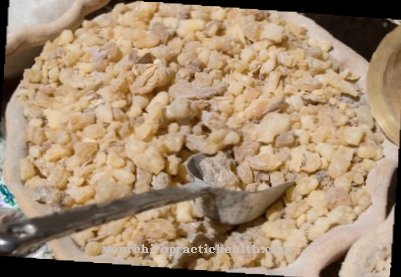
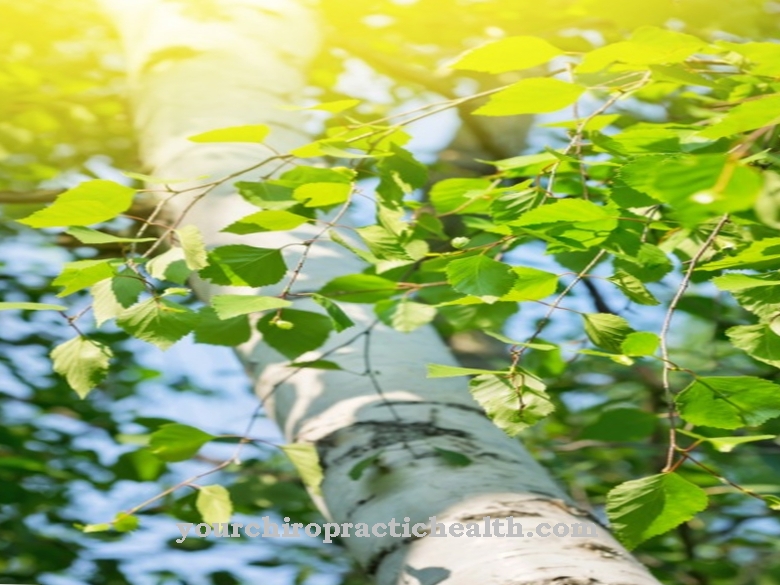

















.jpg)



